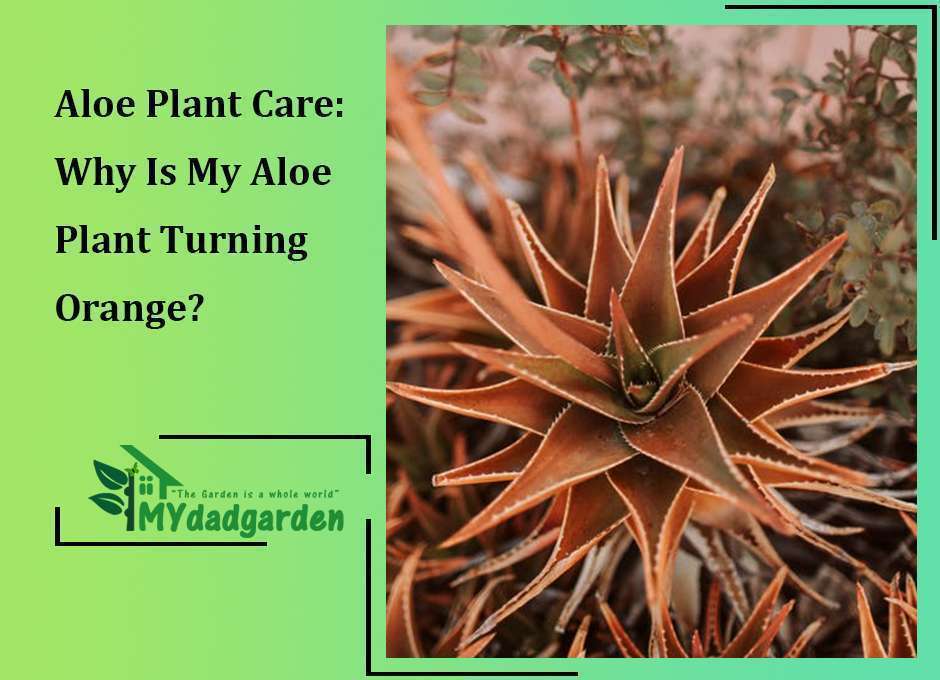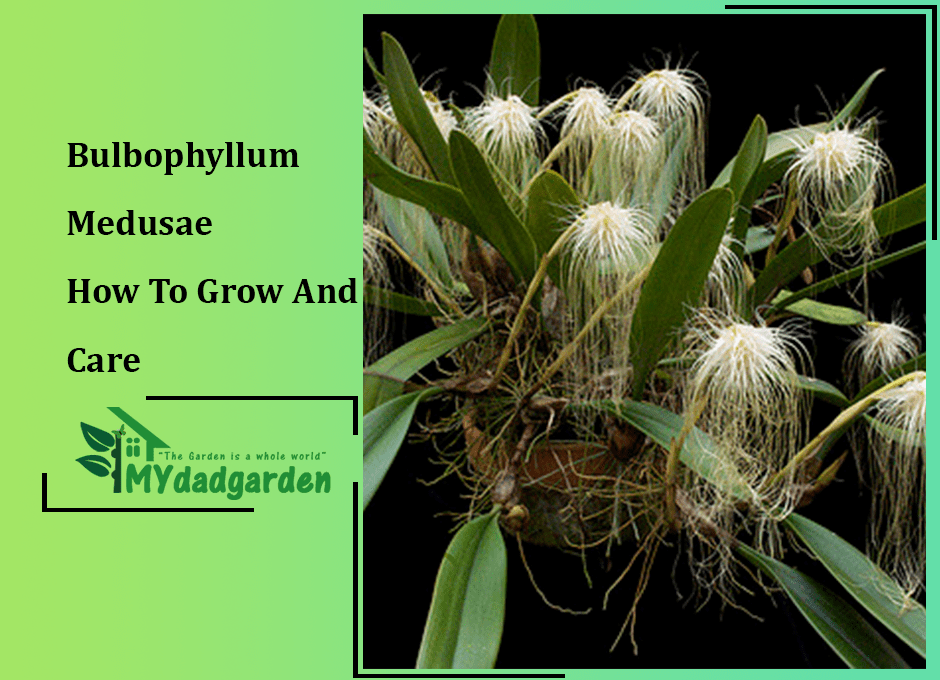How Long Monstera Can Live In Water?
Monstera is a tropical plant found in many parts of the world. It is known for its large, split leaves and unique flowers.
Monstera is a tropical plant that is native to Central America. It is commonly found in the rainforests of Costa Rica, Panama, and Colombia. Monstera is an epiphyte that grows on other plants or trees. Monstera’s aerial roots help it climb trees and get the sunlight it needs to photosynthesize.
Monstera can be grown indoors or outdoors and does well in sunny and shady areas. This blog post will discuss how long Monstera can live in water and what you need to do to care for it!
Table of Contents
How long can Monstera live in water?
Monstera can live in water. It can absorb water through its leaves. This means that Monstera does not need its roots in the soil to get the water it needs to survive. Therefore, Monstera can live in the water forever.
Monstera is a popular houseplant because it is easy to care for and looks attractive. Monsteras are often grown in pots with other plants. They can also be hung from baskets or left to grow on a trellis. Monsteras do best in bright, indirect light.
They should be watered when the soil is dry to the touch. Monsteras need well-draining soil that is high in organic matter. Overwatering can cause root rot, so it is essential to let the soil dry out between watering. Monsteras are relatively easy to propagate. The most common method is stem cuttings.

Can you grow Monstera in water?
Did you know that you can also grow Monstera in water? Unlike many other plants, Monsteras thrive in moist conditions and can tolerate occasional flooding.
To grow Monstera in water, simply place the cuttings in a glass jar filled with filtered water. Change the water every week; within a few weeks, you should see roots beginning to form. Once the roots are several inches long, you can transplant the cuttings into potting soil. With patience, you can enjoy these beautiful plants in your home regardless of whether you choose to grow them in soil or water.
How do you keep Monstera alive in water?
Monsteras are a type of tropical plant that is often grown in water. While they are relatively easy to care for, there are a few things you need to do to make sure your Monstera stays healthy.
First, use a clean container and fresh water. Monsteras are sensitive to chlorine, so it’s best to use distilled or filtered water.
Second, change the water regularly. Monsteras thrive in humid conditions, so stagnant water can lead to problems like root rot.
Finally, monsters need light, but they don’t like direct sunlight. A spot near a window is ideal.

Advantages of leaving Monteras Growing in Water
Monteras is a type of freshwater plant native to South America. They are often found growing in ponds and marshes, where they help to purify the water by absorbing excess nutrients and pollutants.
Monteras can also provide food and shelter for fish, amphibians, and other animals. In addition, the plants help stabilize the banks of ponds and streams, preventing erosion.
For these reasons, Monteras is considered beneficial to both the environment and the local ecosystem. Although they can be harvested for food or ornamental purposes, it is generally best to leave Monteras growing in their natural habitat.
What Water is Best for Monsteras?
Monstera plant gets its common name from its large, leathery leaves, which have distinctive holes or “monstera” markings. Monsteras are relatively easy to care for, but they do have some specific wagering requirements.
The plant prefers filtered water or rainwater, as the chlorine in tap water can damage its leaves. Monsteras also need high humidity levels, so regularly misting the leaves will help keep the plant healthy.
When watering a Monstera, allowing the soil to dry out completely between watering is vital. Overwatering can lead to root rot, so it is better to err on the side of too little water than too much.
With proper care, Monsteras can make a beautiful addition to any indoor jungle.

Where can I plant Monstera?
Monstera plants are tropical evergreens that are native to Central and South America. They typically grow on trees or tall structures, using their aerial roots to help support themselves.
Monstera plants need bright, indirect light and a humid environment to thrive. When choosing a spot to plant Monstera, select an area that receives plenty of indirect sunlight throughout the day.
You can also increase the humidity around your plant by setting it on a pebble tray or misting it regularly.

Which fertilizer is best for a Monstera grown in water?
Fertilizing a Monstera grown in water is essential for maintaining growth and preventing nutrient deficiencies. However, it is crucial to choose the right fertilizer, as using too much or the wrong type of fertilizer can harm the plant.
One option is to use an all-purpose liquid fertilizer, such as Miracle-Gro, applied at one-fourth the recommended strength.
Another option is to use slow-release pellets, such as Osmocote Plus 2-3-4 Indoor/Outdoor Plant Food. These should be applied according to the package directions.
Whichever fertilizer you choose, be sure to apply it sparingly, as too much fertilizer can burn the roots or encourage excessive growth that can damage the plant.

Should I grow a Monstera in water permanently?
Monstera plants are often grown in pots filled with potting mix, but some people choose to grow them in water permanently. There are a few things to consider before making this decision.
First, Monsteras grown in water may not produce the same new growth as those grown in potting. This is because they will not have access to the nutrients found in the soil. As a result, they may eventually become leggy and lose their lush, whole appearance.
Second, Monsteras grown in water are more susceptible to pests and diseases. This is because stagnant water provides an ideal environment for pathogens to proliferate.
Finally, Monsteras grown in water require more frequent watering than those produced in potting mix. For all these reasons, it is crucial to weigh the pros and cons before deciding whether or not to grow a Monstera in water permanently.
What helps an overwatered Monstera?
One of the most common problems facing indoor plants is overwatering. This can happen when watering schedules are too frequent or when watering amounts are too generous.
As a result, the plant’s roots become waterlogged, leading to many problems, including leaf loss, yellowing leaves, and stunted growth. If you suspect that your plant has been overwatered, you can do a few things to help it recover.
First, allow the soil to dry out completely before watering again. Second, remove the plant from its pot and check the roots for signs of rot. Trim any damaged roots and replant them in a fresh potting mix. Your overwatered plant should soon be back to health with a bit of care.
Will Monsteras Continue to Put Out New Leaves & Growth in Water?
Monsteras are tropical plants that are often grown as a houseplant. Native to the rainforests of Central and South America, these plants are known for their large, deeply-lobed leaves.
Monsteras can be propagated from stem cuttings and will continue to create new leaves and growth even when in water. However, it is essential to note that monsters will not flower or fruit when grown in water.
Monsteras should be planted in a well-draining potting mix for best results and kept in a location with bright, indirect light. With proper care, Monsteras can make an attractive addition to any indoor space.

FAQ
Can Monstera grow without soil?
Yes, Monstera can grow without soil. It will grow in water, and the nutrients will be absorbed through the leaves.
How long does it take for Monstera to grow roots in water?
Monstera can take around two to three weeks to start growing roots in water.
Previous Article : I Accidentally Sprayed My Plants With Vinegar: What Will Happen?







